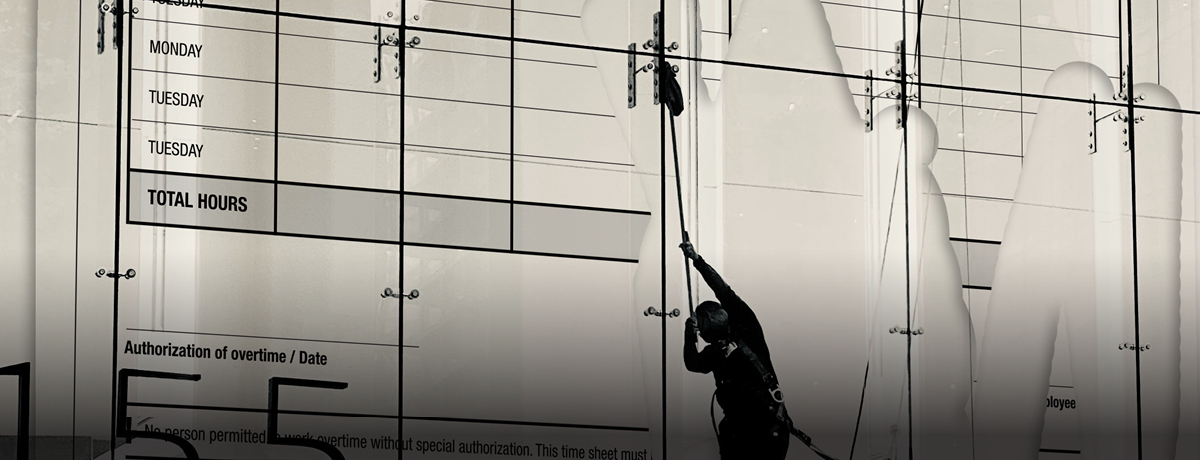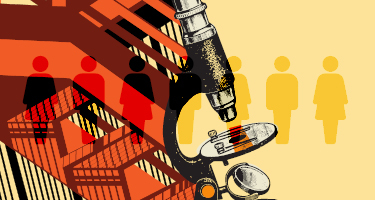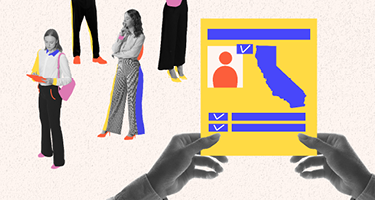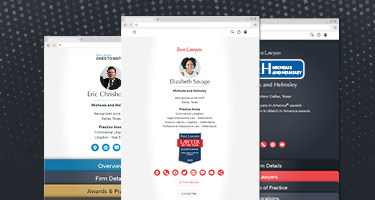During the COVID-19 pandemic, work patterns changed. Zoom meetings replaced office commutes and out-of-town travel for in-person meetings; remote work replaced in-office work; and jobs evolved not only in location but in content. As the corporate world ebbs away from the early changes wrought by the pandemic, the shifts in work patterns continue today and businesses are adopting “hybrid” schedules that leave employees part remote and part in-office.
Each of those alterations impacts compliance with the Fair Labor Standards Act and its state law counterparts: the collection of wage and hour laws that demand vigilance from every U.S. business. Too often, even technical noncompliance with wage and hour laws results in expensive class or collective action lawsuits.
Wage and hour compliance efforts in this post-pandemic world should start with these four basics:
- checking overtime-exempt job duties that may have evolved;
- refining timekeeping practices for nonexempt jobs for remote and hybrid workforces;
- revisiting reimbursement policies based on remote and hybrid work patterns;
- and auditing compliance with meal and rest breaks laws.
Ensuring Duties Stay Aligned With Overtime-Exempt Status
Employees in executive, professional and administrative jobs may be exempt from overtime under the applicable wage-hour laws. These “white-collar” exemptions require meeting both a salary test and a duties test: salary alone is never enough. And, it is “actual” job duties that control exemption, not a written job description.
Job content routinely changes over time and under external pressures. Currently, those pressures include staff shortages and the evolving demands of the hybrid workplace. That combination has manifold consequences. For example, ministerial tasks historically delegated to hourly support staff may now be performed by higher level salaried employees.
The key question is how much has changed. The duties test for overtime exempt status turns on the concept of “primary duty.” Modifications in job content create the most risk at the first level of exempt jobs: e.g., the assistant manager in retail or hospitality industries; the first line supervisor in production; or the administrative job that now veers into clerical work.
Let’s consider a case study. Greene v. Tyler Technologies, Inc., 526 F. Supp. 3d 1325 (N.D. Ga. 2021) involved the FLSA’s administrative exemption. Greene was a software implementation consultant who provided training and support for her company’s clients. Her exempt status failed because her work had devolved into carrying out her employer’s business (“production”) rather than planning or managing that business.
Prudent employers will recheck job content for the lowest salaried position in each function or department as a litmus test of how much change has occurred to the exempt duties. In reviewing job content, it is advisable to do more than just ask supervisors or incumbents; the best compliance check also includes direct observation of work duties or work product.
Refining Time Keeping for Non-Exempt Workers
Employers have policies memorializing that non-exempt employees must be paid for all hours worked and establishing a timekeeping system for ensuring that all employee time is captured. From the factory timeclock to the computerized log-in to biometric scans, systems have been built for an on-premises workforce and to ensure managerial supervision and control.
Those systems have a design flaw. Each targets avoidance of any potentially unnecessary payment and discourages unscheduled overtime; indeed, most employers couple such systems with policy statements prohibiting employees from recording any overtime hours without prior approval.
And, the evolution of remote work only makes that risk of “off the clock” claims far worse. Now, the employees who are under-reporting time—by starting earlier, staying on task later or minimizing their time to look more efficient or avoid the burden of seeking advance permission for that overtime—are doing so remotely and thus invisibly.
With such combinations, employers often create the conditions for legal claims of “off the clock” work. However, it’s not just policies and culture that create potential conditions for legal claims for time worked but not reported or recorded. Sometimes, employer practices and processes contain design flaws that ignore compensable time.
Let’s consider another recent case study. Garcia v. Vertical Screen, Inc., No. CV 18-4718, 2022 WL 125906, at *1 (E.D. Pa. Jan. 13, 2022), involved employees who opened a timekeeping application to officially “clock in.” Id. Hardware and software delays, including logging in, facilitating updates and reconfiguring passwords, caused delays of five minutes or more, which was determined to be compensable “off the clock” time.
Rather than relying on arguments that the employer neither knew nor should have known that time was being worked or that such work was de minimis, there is an alternative. Encourage employees to report all their time, including overtime even without prior approval, but certify with their signature that their reporting time is 100% honest and includes all time worked.
Re-Examining Expense Reimbursements
There is an obligation under the Fair Labor Standards Act to pay the required minimum wage and overtime “free and clear” of employer-imposed expenses. Separately, state laws (including in California, Illinois, Massachusetts and New York) require employers to reimburse employees for necessary work-related expenses.
During the pandemic, workers were often asked to work from home without employer-provided resources like Wi-Fi, computers, printers or related office supplies. In states like California, forced remote work created an entitlement to expense reimbursement for essentials like internet.
With elective remote work, employers may cease to have a continuing obligation to reimburse employees for costs incurred in connection with the employee’s choice to work remotely when there are spaces and resources available for employees on the employers’ premises. The precedent here is a 2007 case from California, Gattuso v. Harte-Hanks Shoppers, Inc., which explained that whether an expense is necessary under California Labor Code section 2802 depends on “the reasonableness of the employee’s choices.”
But, legality is only part of the equation for this re-examination. Other considerations include—given the tight labor markets—employee expectations, what other employers do in this regard and a broader sense of business plans (including whether it is more cost-effective to encourage work from home and convert traditional officing into hotel-style offices for on-site visits). This is, after all, a brave new world!
Revisiting Meal and Rest Break Compliance
Meal and rest breaks are a creature of state law with 21 states mandating specific breaks (e.g., meal breaks) and another seven generally requiring that employees be afforded the opportunity to take breaks. Ensuring that employees timely take all required breaks is a difficult task even when everyone is at the same location.
Remote work has exponentially complicated this compliance issue, especially in states like California with monetary penalties of $100 per violation and per employee under its Private Attorney General Act. And that $100 civil penalty is in addition to the one hour of additional pay to each employee for each break missed.
With remote work, employers struggle to know employees are taking a break, much less its length and whether that break is “without interruption” as is required in California and elsewhere. Thus, tracking compliance of remote employees (even those who do only desk work) is a fraught exercise.
Compliance here requires policies and policing. Employers should have clear policies mandating “uninterrupted” breaks: i.e., employees must log off of company portals, close out work email and phone applications, etc. Those policies should also spell out when breaks are to be taken, and how long each break should be.
Employers then need to monitor those policies. That might include a procedure to self-report missed or interrupted breaks as well as employee time sheet attestations affirming that their breaks were timely and uninterrupted or had the opportunity to take timely uninterrupted breaks but declined to do so. A little bit of curiosity and logic are also advisable: e.g., is it aberrational that all employees reporting to the same supervisor or at a single location are reporting zero missed breaks?
Wage-hour compliance is a perpetual effort and part of an ongoing to-do list. Compliance is important not only for avoiding lawsuits, but also for the message that those compliance efforts send to the workforce. George Eliot said it so adroitly in her novel Adam Bede: “our deeds determine us, as much as we determine our deeds.”
Ariel Beverly is an employment advisor and litigator at McDermott Will & Emery LLP. Her practice focuses on complex litigation, as well as providing employers with practical and legal guidance as they confront dynamic workplace issues.






























